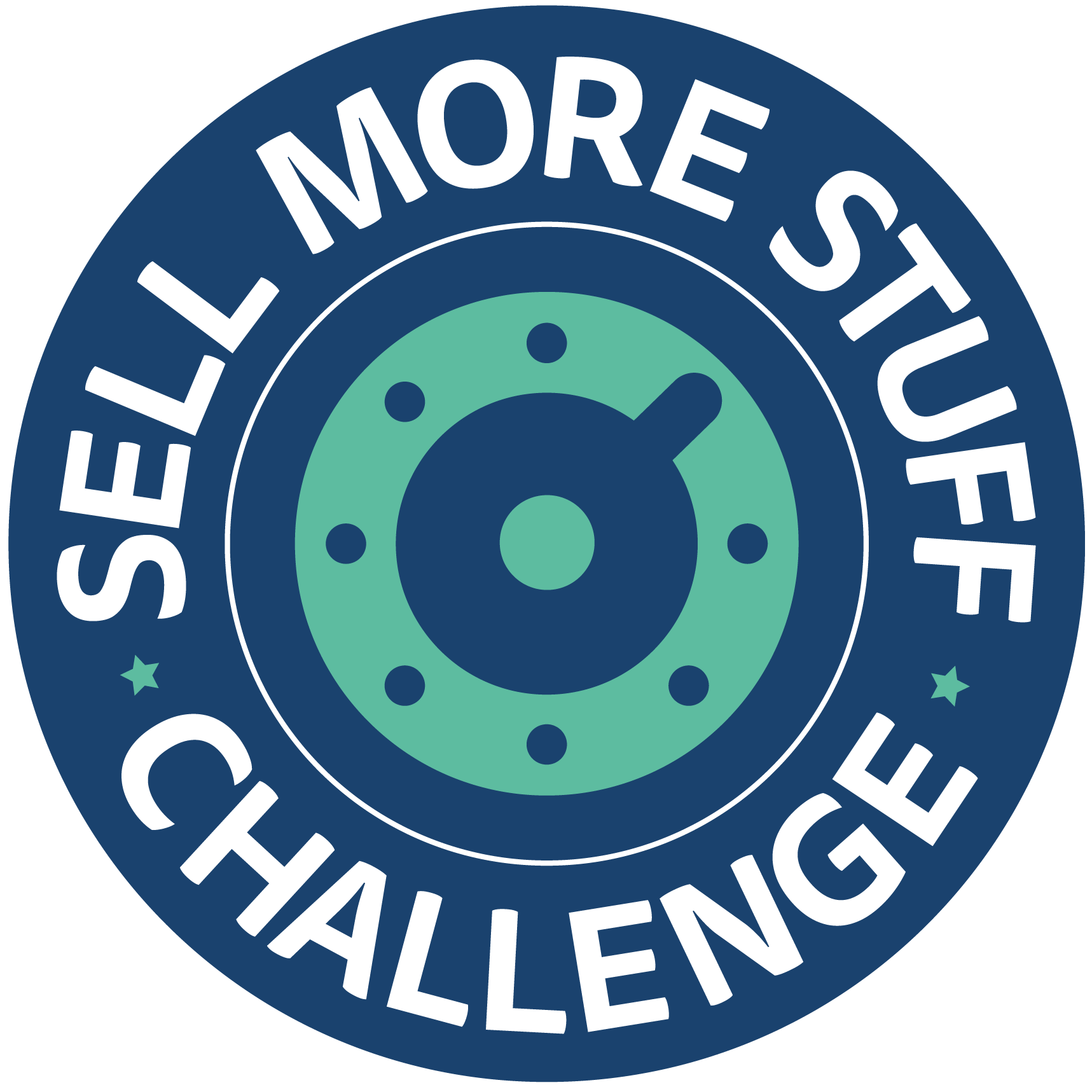Marketing Mistake #9
Not Giving Reasons Why
Just saying your product or service is this or that much better than your competitors', isn’t going to be enough to convince your prospects.
You must always give reasons why.
For example, let’s take a cliché that many people use – “our service is the best”.
On its own, this phrase is meaningless.
It’s regarded as hype – and therefore instantly unbelievable.

But if you give the reasons why your service is the best, your claim suddenly becomes more believable.
People assume (wrongly) that their prospects will make choices based on minimal information.
Sometimes that’s true, but in the majority of cases your prospects need more information to be able to act decisively, and choose you before your competitors.
They need reasons why.
Here’s why…
Before a prospect buys your product or service they are asking themselves many important questions…
- Why should I pay this price for this product or service?
- If the price ‘seems high’ why should I pay more for it?
- If the price 'seems low’ why is it low, is it inferior?
- Why should I choose you over other businesses providing the same product or service type?
- What makes your product or service better than others?
- How do I know you won’t let me down?
I could go on and on, but you get the idea.
Now what do you think happens if you don’t answer all these relevant concerns?
That’s right, the prospect will turn to someone else.
It goes without saying that in order for you to acquire BIG increases in sales you have to give reasons why.
What does that mean?
It means you need to explain clearly why you charge higher than your competitors, you need to explain how and why your product or service is better than your competitors and so on.
Tell them about your expertise.
The rigorous lengths you take to recruit your staff.
How long you spend training your staff.
What steps you take to ensure customer satisfaction, and so on.
This stuff is important – really important.
It provides the rationale behind your prospects decisions and helps cement the sale.
Often we think that if we say too much it will repel our prospects. Nothing could be further from the truth.
Tests have proven time after time that as long as a prospect is interested in your product or service they are willing to consume large amounts of information – as long as the information you provide is interesting and informative.
The more relevant information you provide the easier it becomes for your prospects to make an informed decision. And as long as you give ‘reasons why’ you’ll generate many more sales than ever before.
If you'd like to learn the easy way to dodge all of the marketing banana skins at the same time as improving all of your marketing, without cost, click here.
Best regards,
How to get more customers for your business without it costing you a penny
Take my totally free 'Sell More Stuff' Mini-Course and I guarantee that you'll attract more customers or clients to your business without it costing you a single penny!
You can see all the details and join for free by Clicking Here.




